Station wagons have long been a staple of family life, offering the ideal blend of space, comfort, and style. Over the decades, these vehicles have evolved from utilitarian transporters to stylish icons, reflecting broader trends in automotive design. Here are nine station wagon styling trends that have left a lasting impact on family life and automotive history.
Classic Wooden Paneling
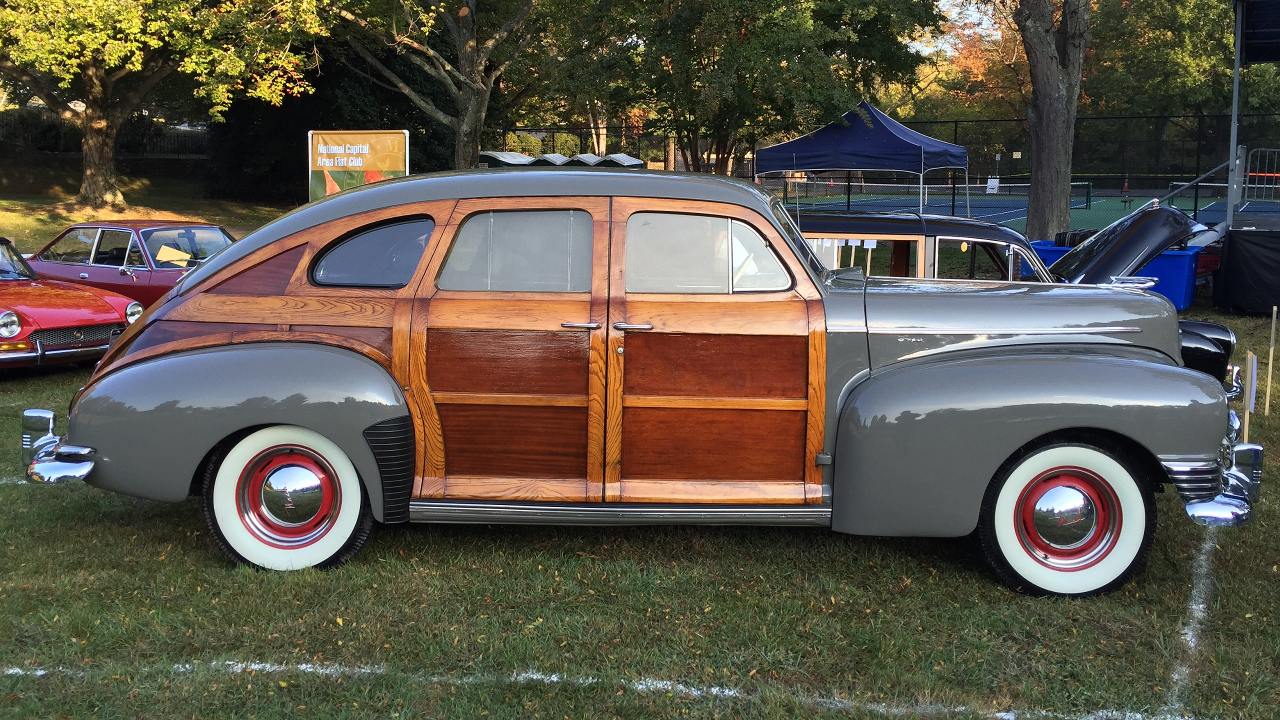
The classic wooden paneling, or “woodies,” became synonymous with station wagons in the mid-20th century. This trend was popularized by models like the 1946 Chrysler Town and Country, which featured real wood accents. Although modern vehicles no longer use actual wood, the aesthetic has become a nostalgic nod to this bygone era.
Wood paneling added a touch of elegance and distinction, making these wagons a favorite among families looking for a bit of class in their daily drives. The visual appeal of these vehicles also helped them become iconic symbols of the American family road trip.
Sleek Aerodynamic Designs
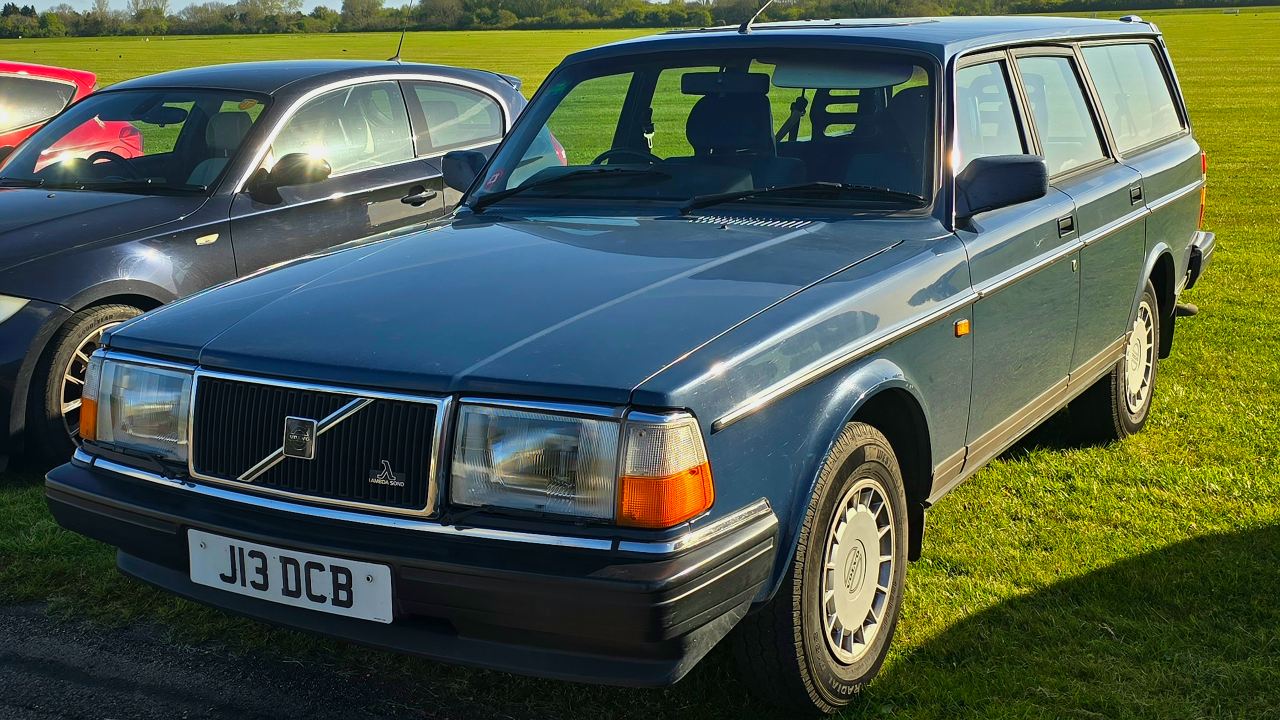
As technology advanced, automakers began focusing on aerodynamics to improve fuel efficiency. The 1980s and 1990s saw a shift towards more streamlined designs, as seen in models like the Volvo 240 and the Ford Taurus wagon. These vehicles embraced smoother lines and reduced drag, making them more efficient on the road.
The emphasis on aerodynamics not only contributed to better gas mileage but also enhanced the overall aesthetic appeal of station wagons. This trend led to a more modern and sophisticated look, catering to families who prioritized both style and practicality.
Vibrant Two-Tone Paint Jobs
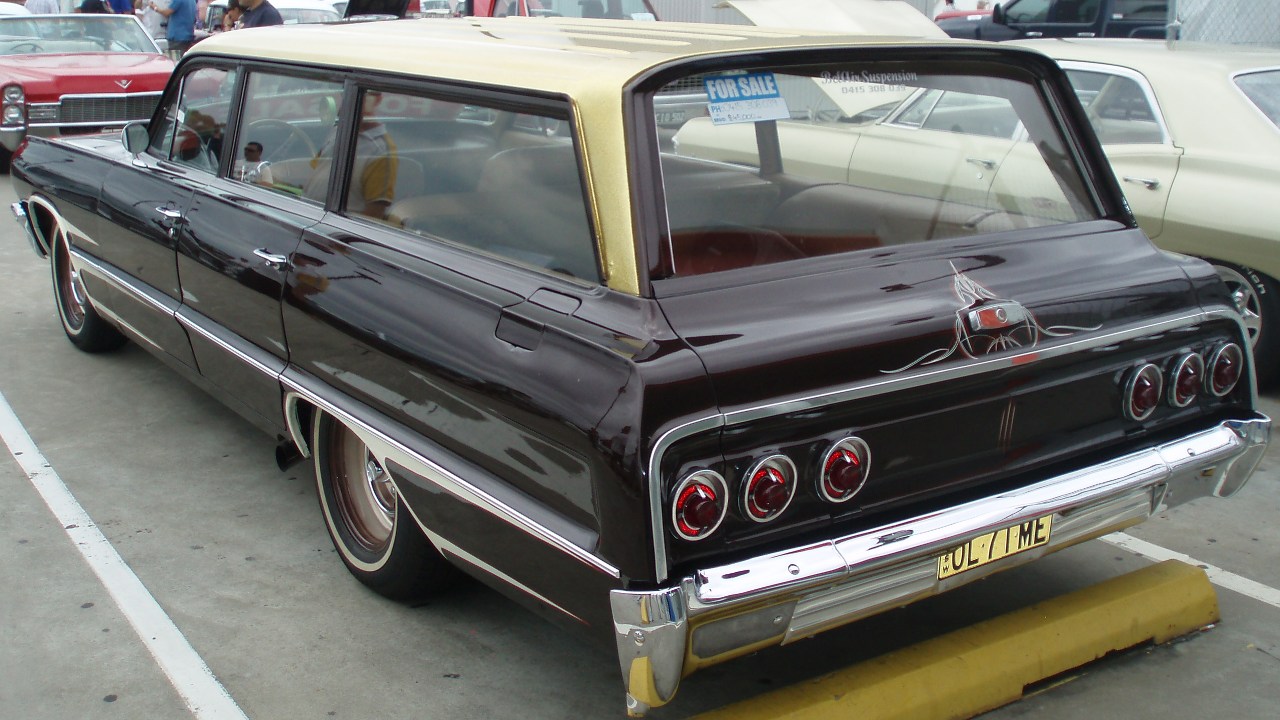
During the 1960s and 1970s, vibrant two-tone paint jobs became a popular styling choice for station wagons. Models like the Chevrolet Impala wagon showcased this trend with striking color combinations that allowed families to express their personalities through their vehicles.
The two-tone trend added a playful and dynamic element to station wagon design, helping these vehicles stand out on the road. This customization option allowed families to choose combinations that suited their tastes, making each wagon unique.
Expansive Rear-Window Views
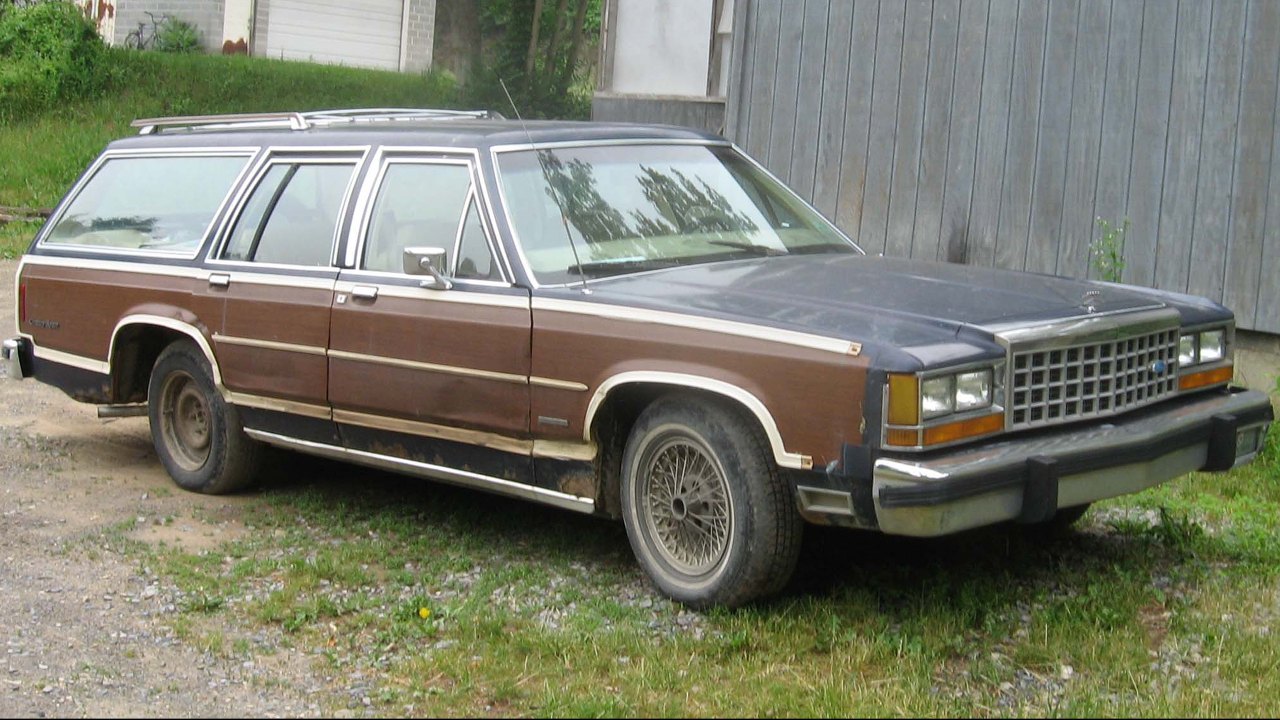
Station wagons have always prioritized visibility, and expansive rear-window designs were a key feature. Models such as the 1971 Ford Country Squire boasted large rear windows that provided panoramic views of the road behind, ensuring that families could enjoy a clear line of sight during their journeys.
These generous windows not only improved safety by reducing blind spots but also enhanced the overall driving experience. Families could take in more of the scenery, making road trips more enjoyable and memorable for everyone.
Roof Racks for Adventure Gear
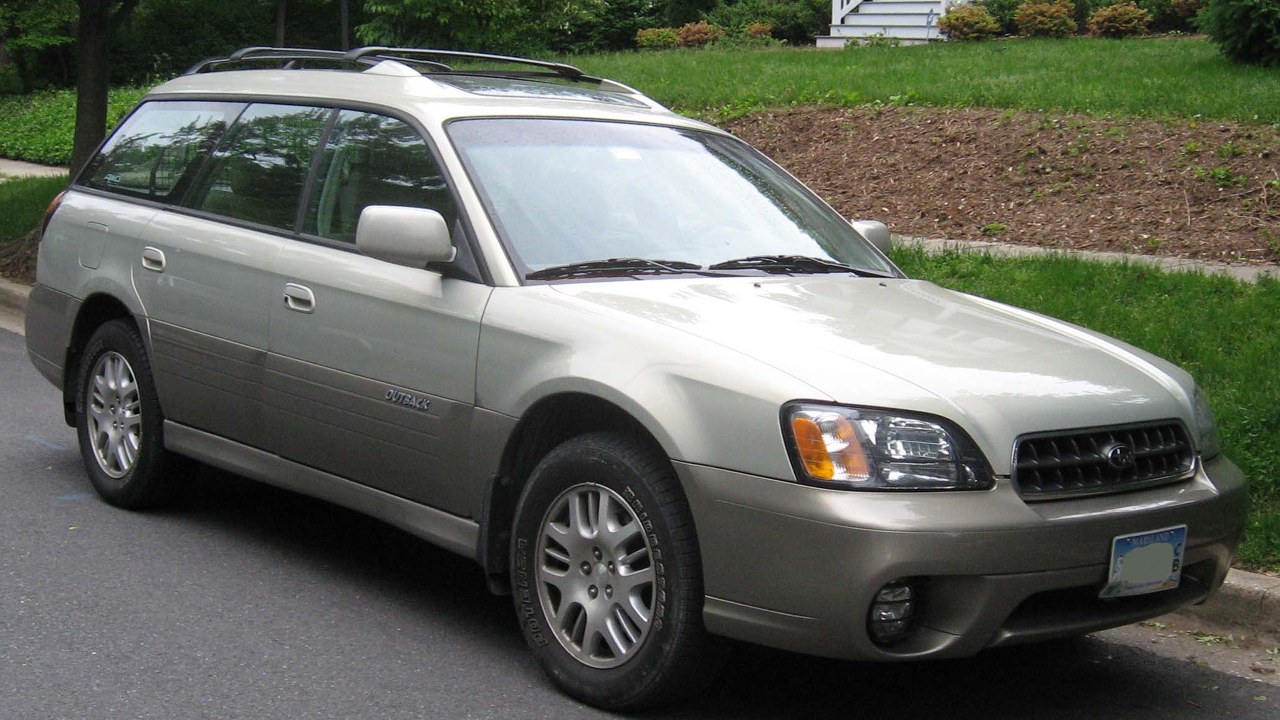
As families embraced outdoor activities, roof racks became a must-have feature for station wagons. Vehicles like the Subaru Outback catered to adventurous families with factory-installed roof racks designed to carry everything from bikes to kayaks.
Roof racks transformed station wagons into versatile adventure vehicles, allowing families to transport gear easily. This trend highlighted the wagon’s role as a practical and adaptable option for active lifestyles, further solidifying their place in family life.
Plush Vinyl Interiors
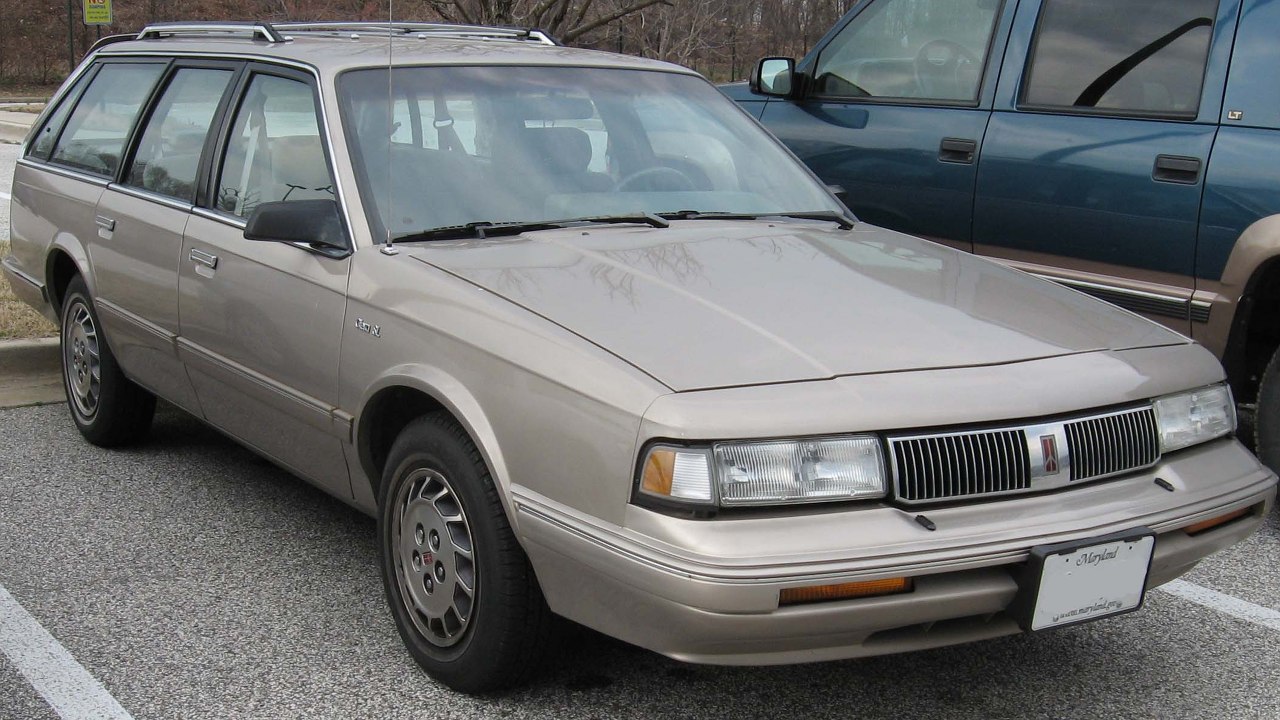
The interior comfort of station wagons has always been a selling point, and plush vinyl interiors became a popular choice for families seeking both durability and style. Models like the 1978 Oldsmobile Cutlass Cruiser offered easy-to-clean vinyl seats that stood up to the wear and tear of family life.
Vinyl interiors provided a balance of luxury and practicality, making them ideal for families with young children. The material’s resilience meant that spills and stains were less of a concern, allowing families to focus on enjoying their journeys together.
Distinctive Tailgate Styles
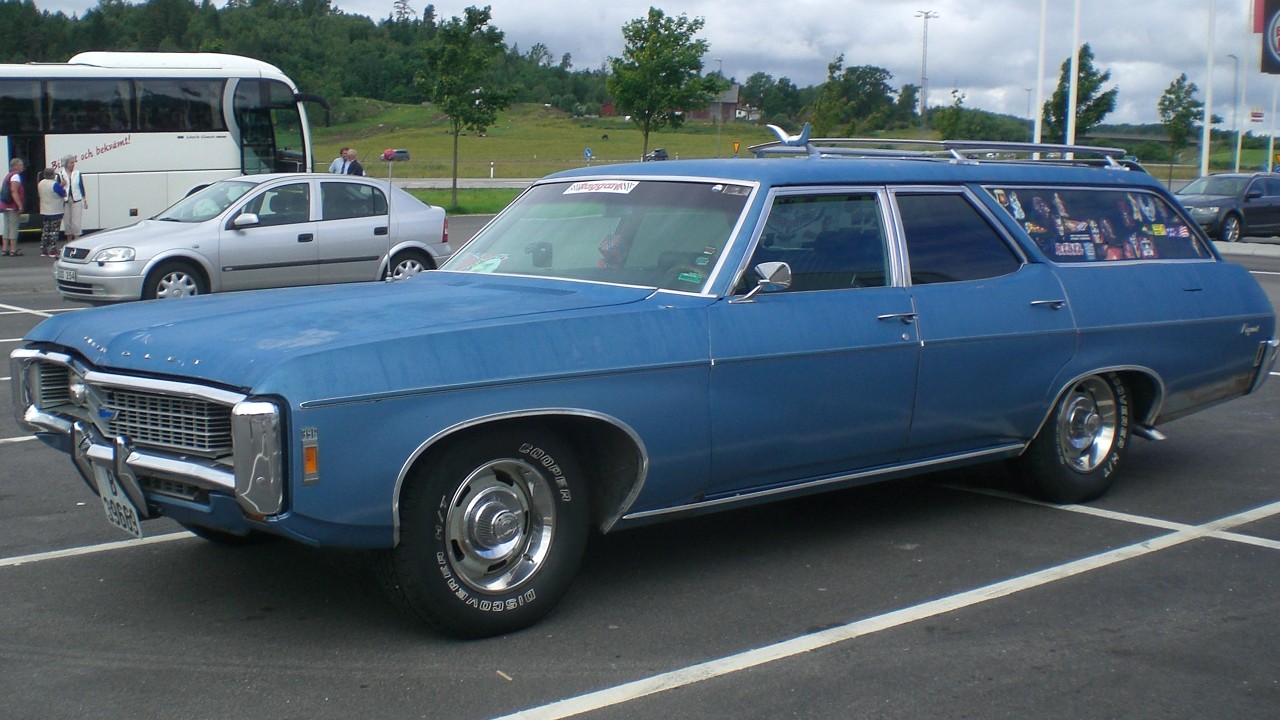
Tailgate design became a defining feature of station wagons, with manufacturers experimenting with various styles to enhance functionality. The split tailgate of the 1960s Chevrolet Kingswood allowed for flexible loading options, catering to families who needed versatility in their vehicles.
Distinctive tailgate styles provided practical solutions for everyday challenges, making it easier for families to load and unload cargo. This focus on functionality helped station wagons maintain their status as essential family vehicles.
Compact Wagon Variants
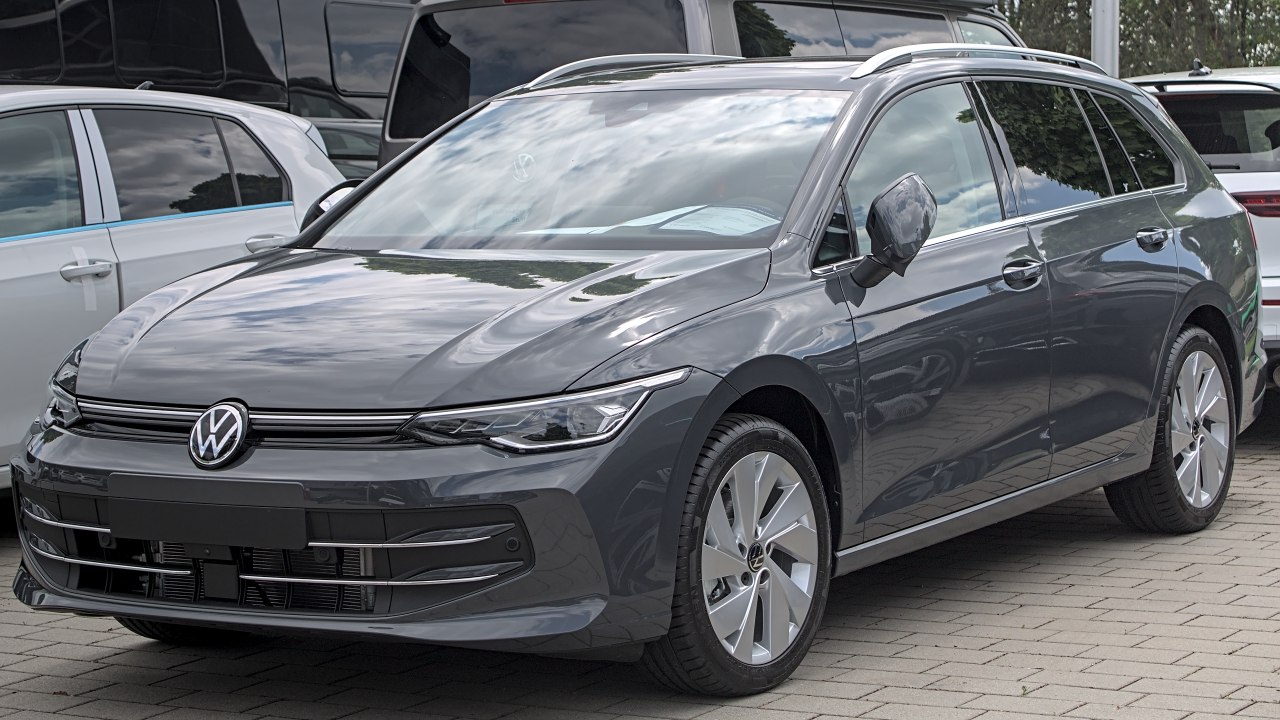
In response to changing consumer preferences, automakers introduced compact wagon variants that offered the benefits of traditional wagons in a smaller package. Models like the Volkswagen Golf Wagon provided a more manageable size without sacrificing cargo space.
Compact wagons appealed to urban families who needed maneuverability in tight city spaces while still desiring the practicality of a station wagon. This trend demonstrated the adaptability of wagons to meet diverse needs and lifestyles.
Eco-Friendly Hybrid Models
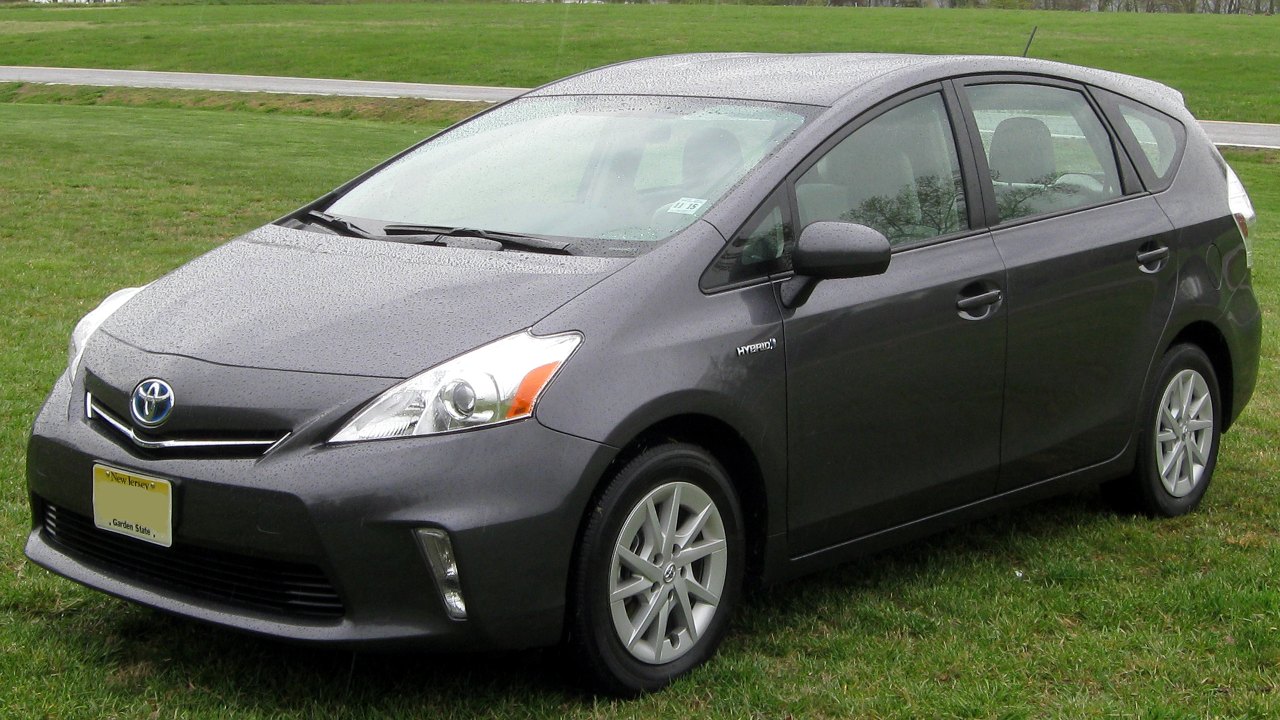
As environmental awareness grew, eco-friendly hybrid models emerged as a significant trend in the station wagon market. Vehicles like the Toyota Prius V combined the spaciousness of a wagon with hybrid technology to reduce emissions and improve fuel efficiency.
Hybrid wagons offered families an environmentally conscious choice without compromising on functionality or comfort. This trend reflected the growing importance of sustainability in automotive design, paving the way for future innovations in the family vehicle segment.
Like Fast Lane Only’s content? Be sure to follow us.
Here’s more from us:
*Created with AI assistance and editor review.

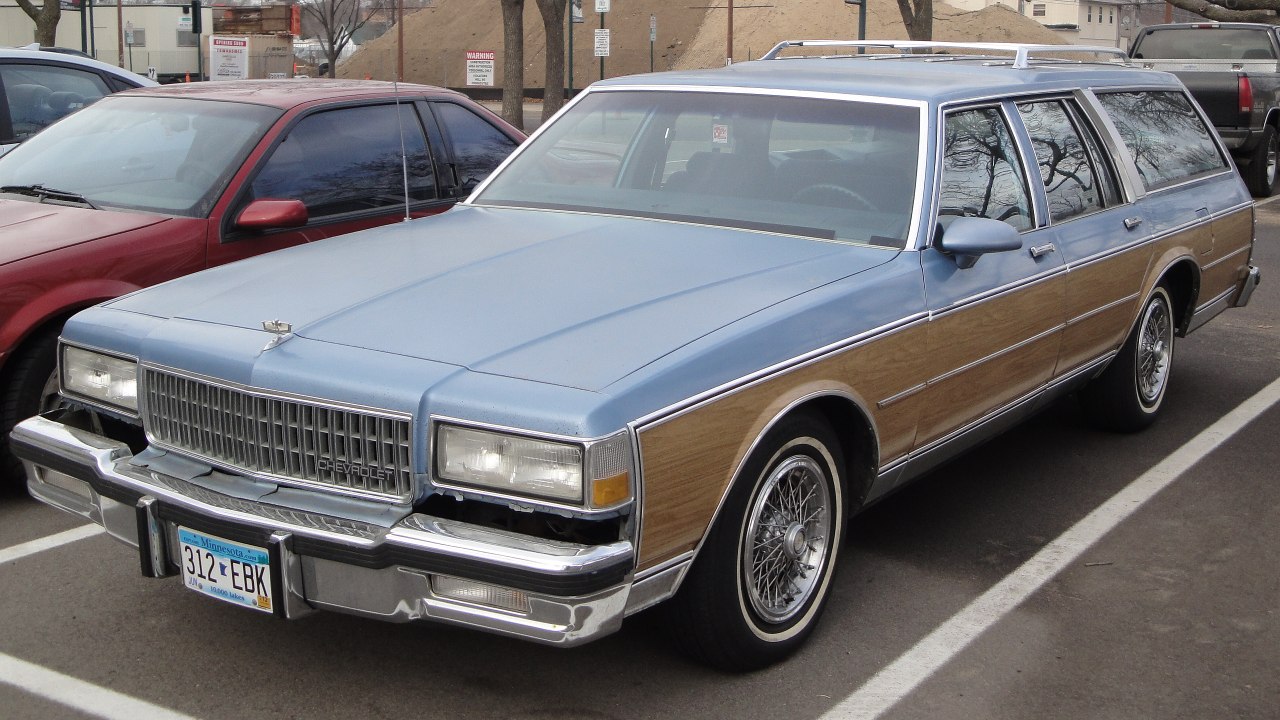

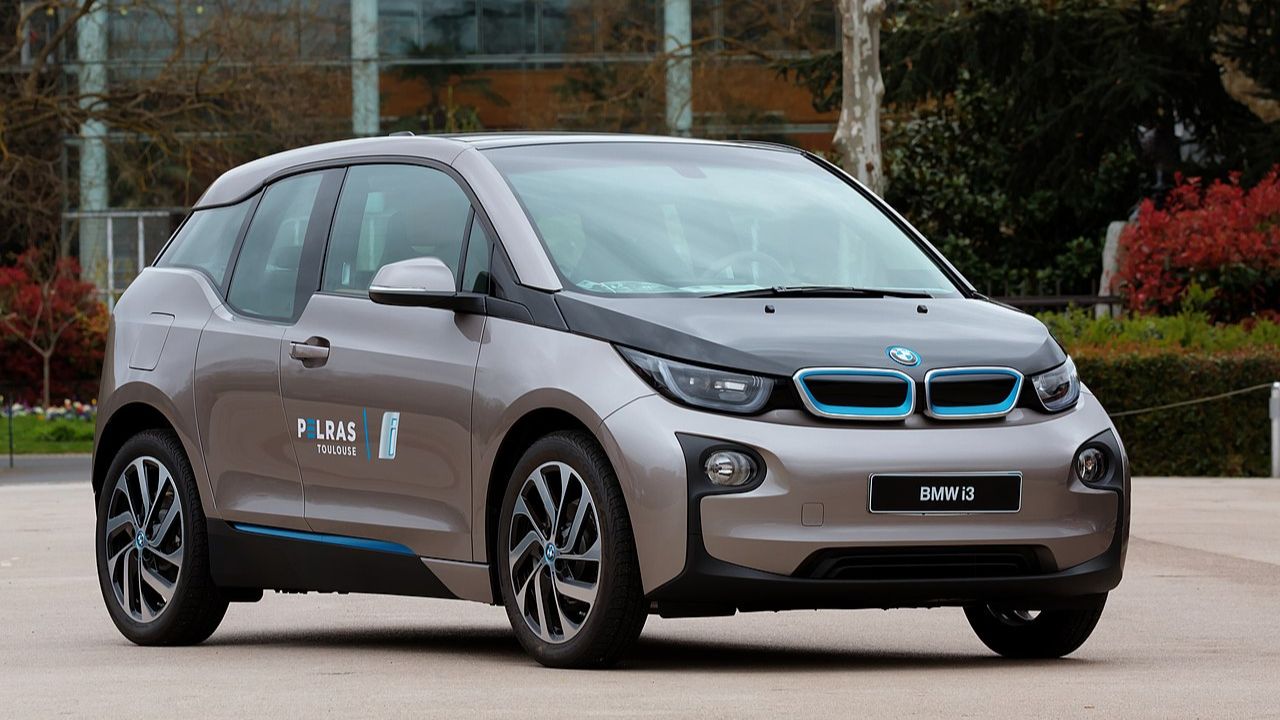
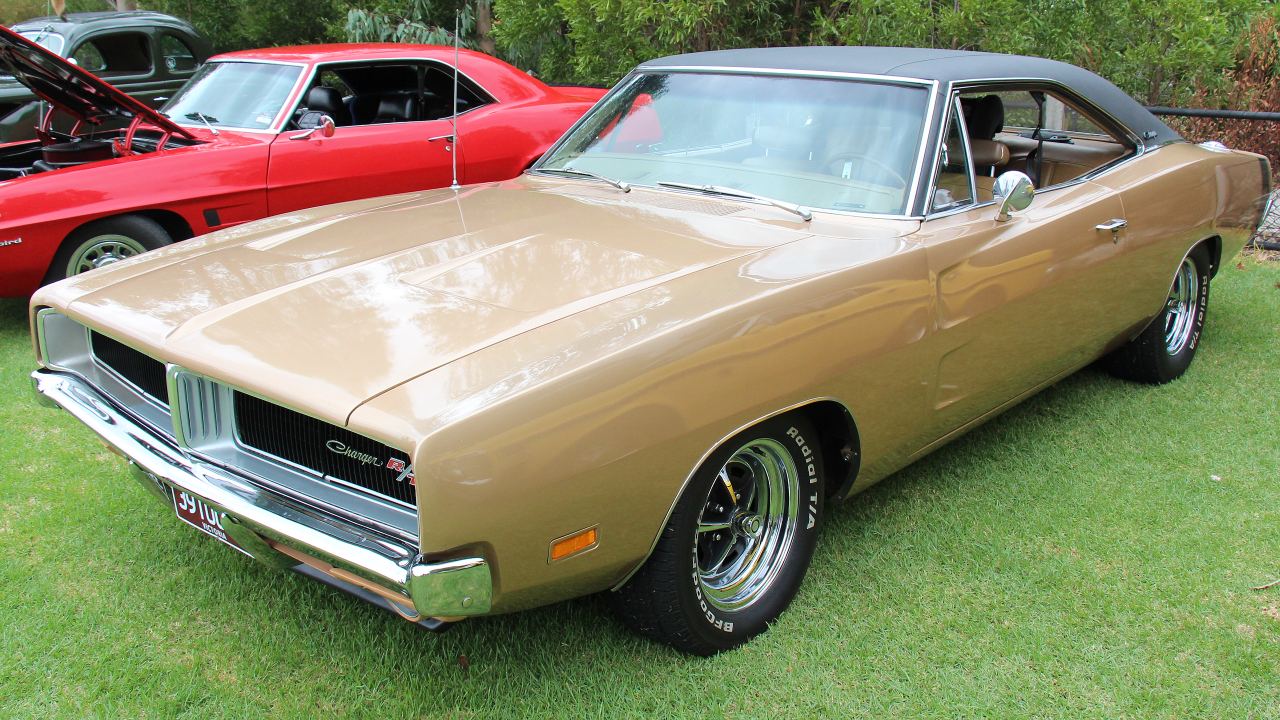
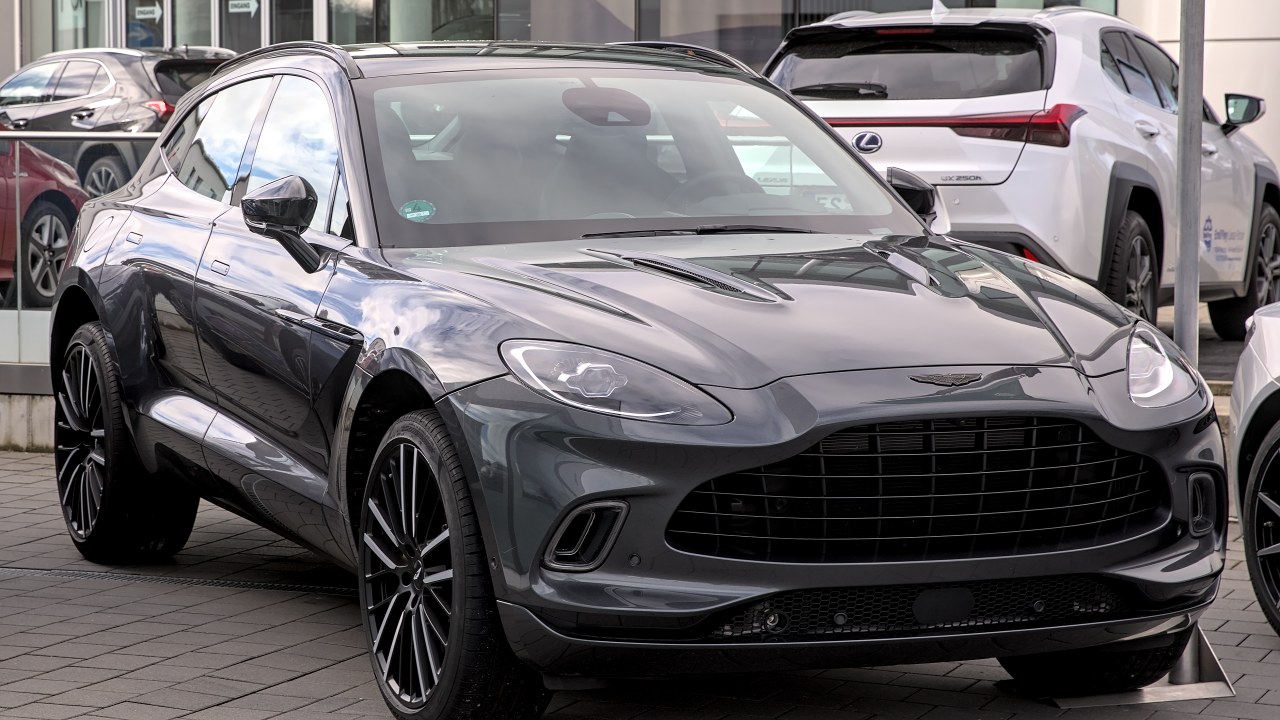
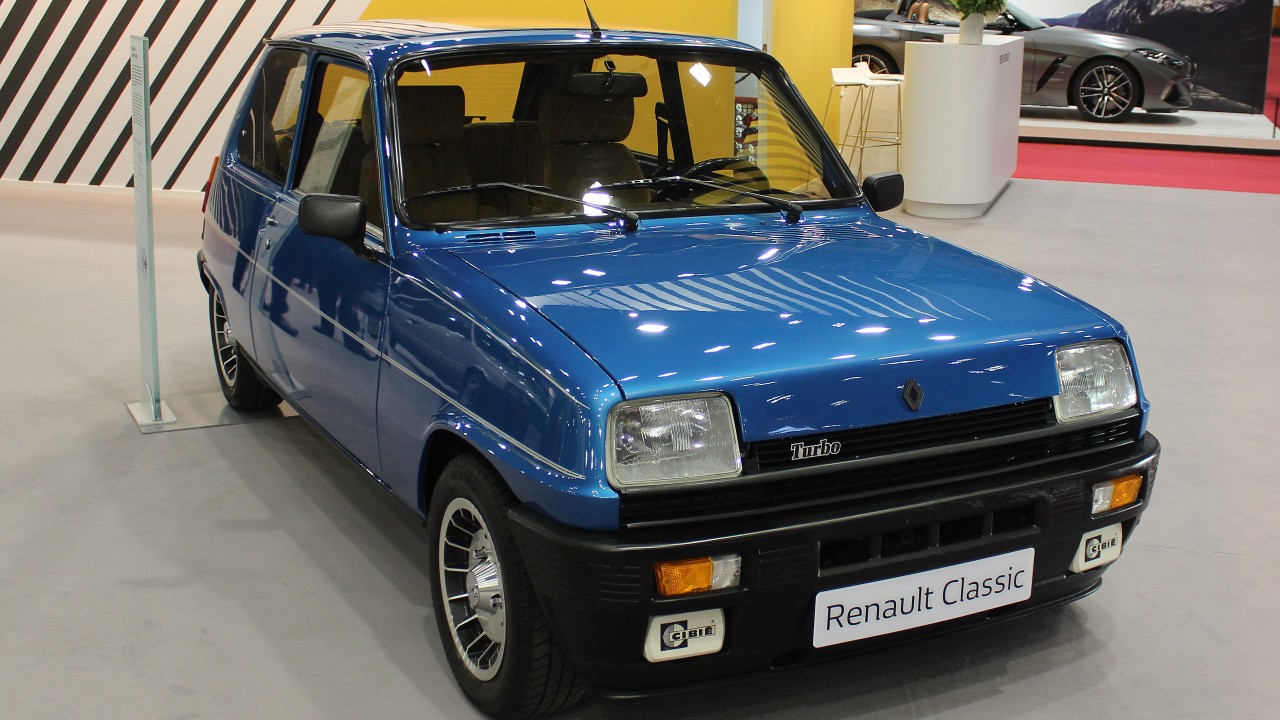
Leave a Reply